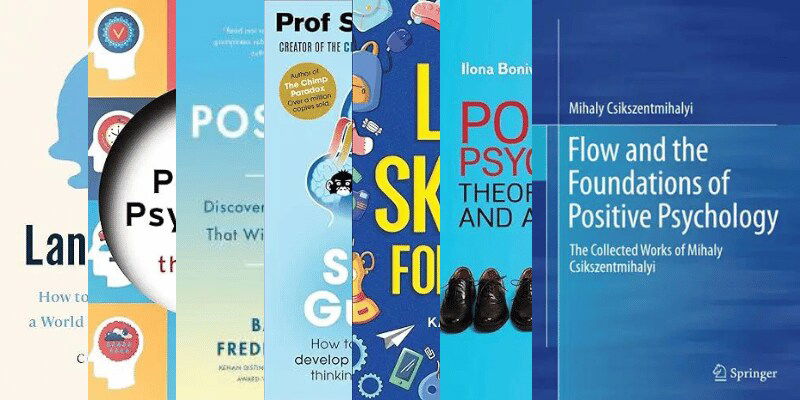Rational Emotive Behavior Therapy (REBT) is a form of cognitive-behavioral therapy developed by psychologist Albert Ellis in the 1950s. The main goal of REBT is to help individuals identify and challenge their irrational beliefs and thoughts that are causing emotional distress and replace them with more rational and healthy beliefs. There are various techniques, exercises, and worksheets that can be used in REBT sessions to help individuals change their thought patterns and improve their emotional well-being. Here are five REBT techniques and worksheets that can be helpful in managing negative emotions and beliefs:
1. ABCDE Model: The ABCDE model is a fundamental tool in REBT that helps individuals understand the connection between their beliefs and emotions. The model stands for Activating event, Beliefs, Consequences, Disputing irrational beliefs, and Effect. In this exercise, individuals are encouraged to identify the activating event that triggered their emotional response, examine the beliefs they hold about the event, explore the consequences of these beliefs, challenge and dispute irrational beliefs, and examine the effect of adopting more rational beliefs on their emotions.
2. The Three Column Technique: The Three Column Technique is a worksheet that helps individuals identify their irrational beliefs and replace them with more rational alternatives. In this exercise, individuals are asked to write down the negative event that occurred (Column 1), the irrational beliefs they hold about the event (Column 2), and the rational and healthy beliefs they could adopt (Column 3).
3. A-B-C-D-E Model: The A-B-C-D-E model is a variation of the ABCDE model that adds an extra step to the process. In this model, individuals are asked to identify the activating event, their beliefs about the event, the emotional consequences of these beliefs, the disputing of irrational beliefs, and the effective rational beliefs that can replace them.
4. Rational Emotive Imagery: Rational Emotive Imagery is a technique used in REBT to help individuals confront and change their irrational beliefs through visualization exercises. In this technique, individuals are asked to imagine themselves in a challenging situation that triggers negative emotions and practice disputing and challenging their irrational beliefs in that scenario.
5. The 10 Irrational Beliefs Worksheet: The 10 Irrational Beliefs Worksheet is a tool that helps individuals identify common irrational beliefs that contribute to emotional distress. This worksheet includes a list of ten irrational beliefs such as “I must be perfect to be worthwhile” and “I must get approval from others for my actions.” Individuals are asked to identify which of these beliefs resonate with them and work on challenging and replacing them with more rational alternatives.
In conclusion, REBT techniques, exercises, and worksheets are valuable tools for individuals seeking to manage their negative emotions and beliefs. By engaging in these exercises, individuals can learn to challenge and change their irrational beliefs, leading to a more balanced and healthy emotional state. It is important to practice these techniques regularly and seek guidance from a trained therapist to effectively implement REBT principles in daily life.



